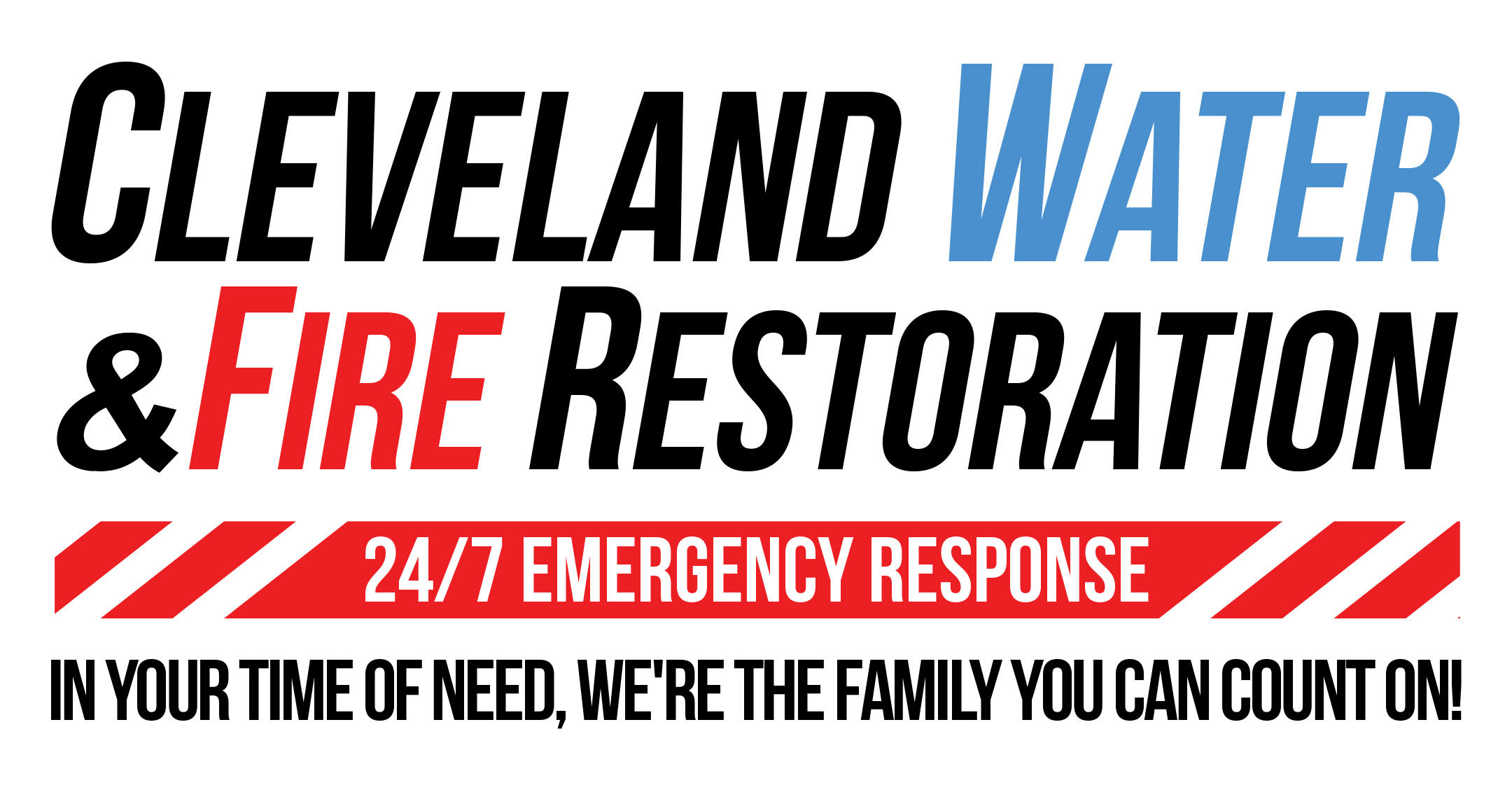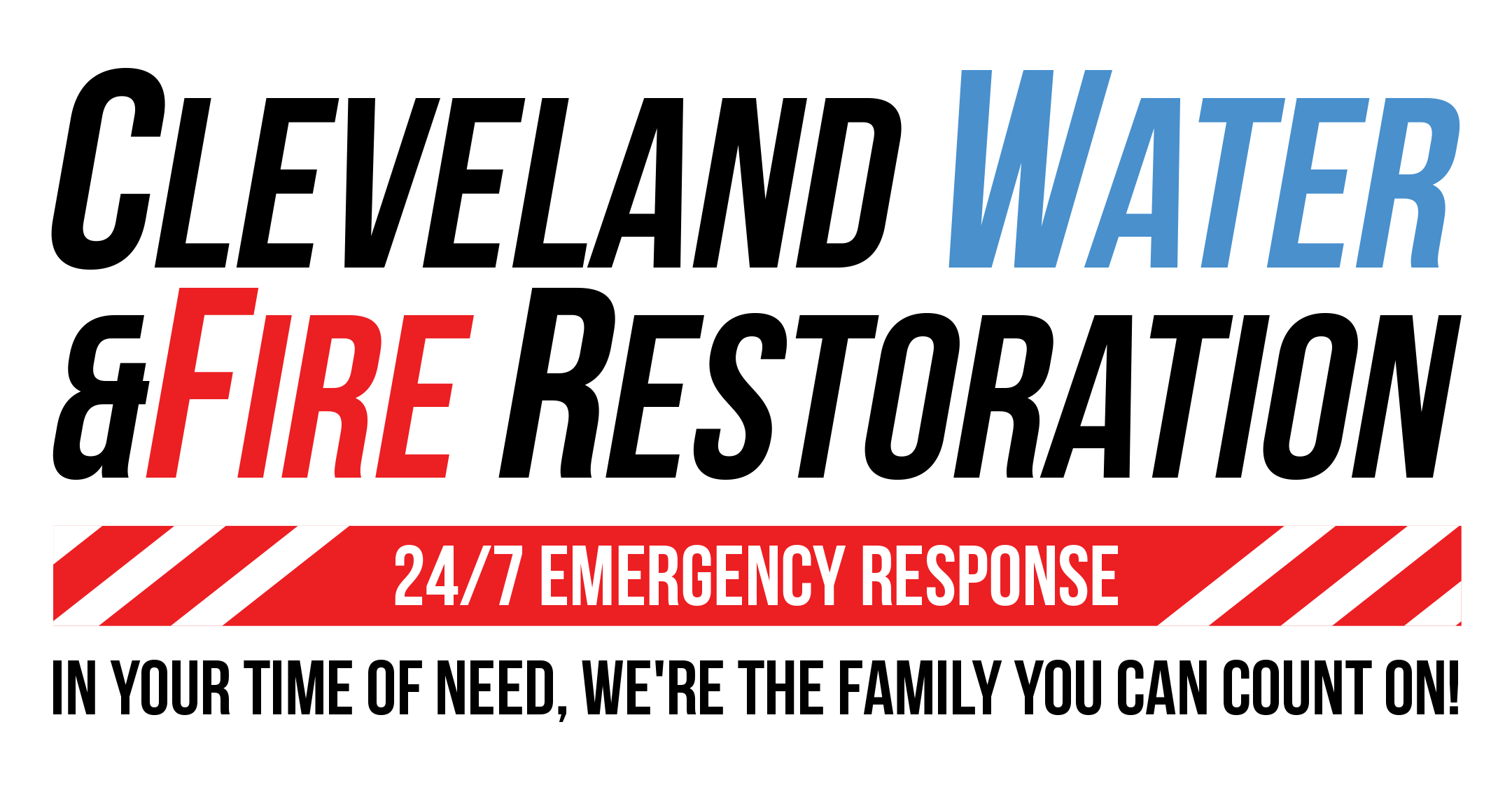Understanding water damage coverage on homeowners insurance is crucial for property owners. When emergency water damage strikes unexpectedly, navigating what your homeowners insurance water damage coverage includes can be challenging. This comprehensive guide clarifies the key aspects of water damage insurance claims, what types of damage are typically covered, and the importance of emergency water damage restoration when dealing with such incidents.
What Does Homeowners Insurance Cover for Water Damage?
Homeowners insurance coverage for water damage is designed to protect against unexpected losses. However, it’s essential to understand that not all forms of water damage are covered under standard policies. Most insurance coverage for water damage includes sudden and accidental water damage, such as:
- Burst pipes and plumbing failures
- Overflowing washing machines or dishwashers
- Water heater ruptures
- Flooding due to a refrigerator line break
- Storm-related water damage (excluding floods)
In these scenarios, the damage is sudden, accidental, and not due to negligence or poor maintenance, making it eligible for water damage insurance claims. Understanding your water damage coverage homeowners insurance helps ensure you’re protected when emergencies strike.
Maintenance, Responsibility, and Coverage Limitations
Standard homeowners insurance water damage coverage generally does not cover damages resulting from poor maintenance or gradual damage. This includes issues like:
- Seepage over time due to clogged gutters
- Damage from unrepaired leaky pipes
- Long-term water damage due to ignoring necessary repairs
- Gradual deterioration from lack of maintenance
Regular maintenance is critical for protecting your insurance coverage water damage eligibility. Homeowners must ensure that gutters are cleaned, roof repairs are addressed promptly, and plumbing leaks are fixed immediately to prevent damage that would not be covered by insurance.
Exclusions and Additional Coverage Options
Certain water-related incidents are regularly excluded from standard water damage coverage insurance policies:
- City/Sewer Backups: These are typically not covered under basic policies. Homeowners need to take additional measures to protect their homes, such as installing backflow valves and purchasing specific backup coverage.
- Sump Pump Failures: Often excluded in standard policies unless the homeowner has chosen to add specific sump pump failure coverage to their policy.
- Flood Damage: Requires separate flood insurance through the National Flood Insurance Program (NFIP)
For homes with finished basements in areas like Cleveland, Ohio, it’s wise to ensure adequate coverage for sump pumps by contacting your insurance agent to add this protection if necessary.
The Critical Importance of Emergency Response
When water damage occurs, swift action through emergency water damage restoration services is crucial to mitigate the damage and prevent further issues such as mold growth. Mold can develop rapidly, within 24 to 48 hours, if the humidity level exceeds 60%. Unfortunately, mold remediation is not typically covered by standard homeowners insurance.
Prompt response is not just about limiting damage but also vital for ensuring your water damage insurance claim validity. Negligence, such as failing to mitigate further damage or delays in emergency water damage restoration, can result in denied claims. Hiring professional water damage restoration contractors immediately to manage water damage mitigation and cleanup is essential.
Professional Water Damage Restoration Services
Cleveland Water & Fire Restoration offers 24/7 emergency water damage restoration services:
- Immediate response to emergencies, even on holidays
- Quick assessment and initiation of water damage cleanup processes
- Expertise in preventing secondary damage and mold growth
- Professional water extraction and structural drying
- Documentation support for insurance claims
Having a reliable emergency water damage restoration near me service provider ready can make all the difference in an emergency, potentially saving thousands of dollars in damage and ensuring proper insurance claim documentation.
Key Steps After Water Damage Occurs
- Safety First: Turn off electricity to affected areas
- Stop the Source: Shut off water supply if applicable
- Contact Insurance: Report the claim immediately
- Document Everything: Take photos and videos before cleanup
- Call Professionals: Contact us for emergency water damage restoration services
- Mitigate Damage: Remove water and begin drying process
- Keep Records: Save all receipts and communication
Conclusion
Navigating water damage and insurance coverage can be complex, but understanding common policies and limitations can make a significant difference. Ensure your homeowners insurance water damage coverage is adequate for your circumstances, maintain regular home upkeep to prevent excluded damages, and act swiftly with professional emergency water damage restoration services when disasters strike.
This proactive approach will protect your property and ensure that when sudden and accidental water damage does occur, your focus can be on recovery rather than financial strain. Remember, the key to successful water damage insurance claims is understanding your coverage, maintaining your property, and responding immediately with professional help when water damage emergencies arise.
For homeowners in Cleveland, Ohio experiencing water damage, learn more about our company and how we can help protect your property while working with your insurance company. We also provide fire damage restoration services for comprehensive property recovery.

